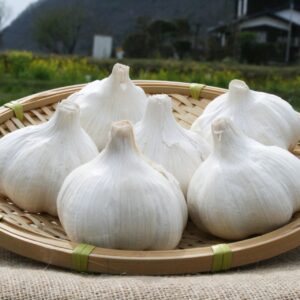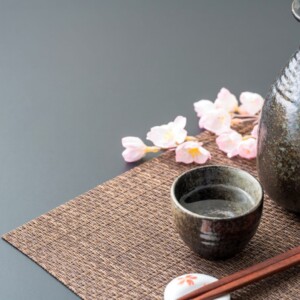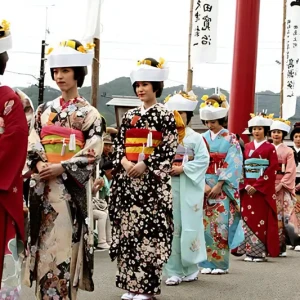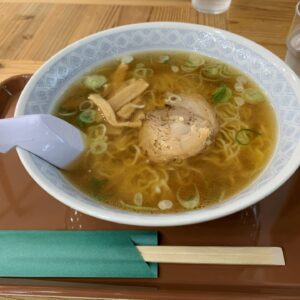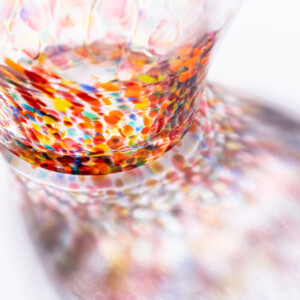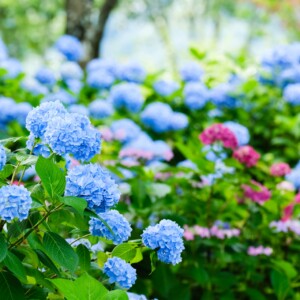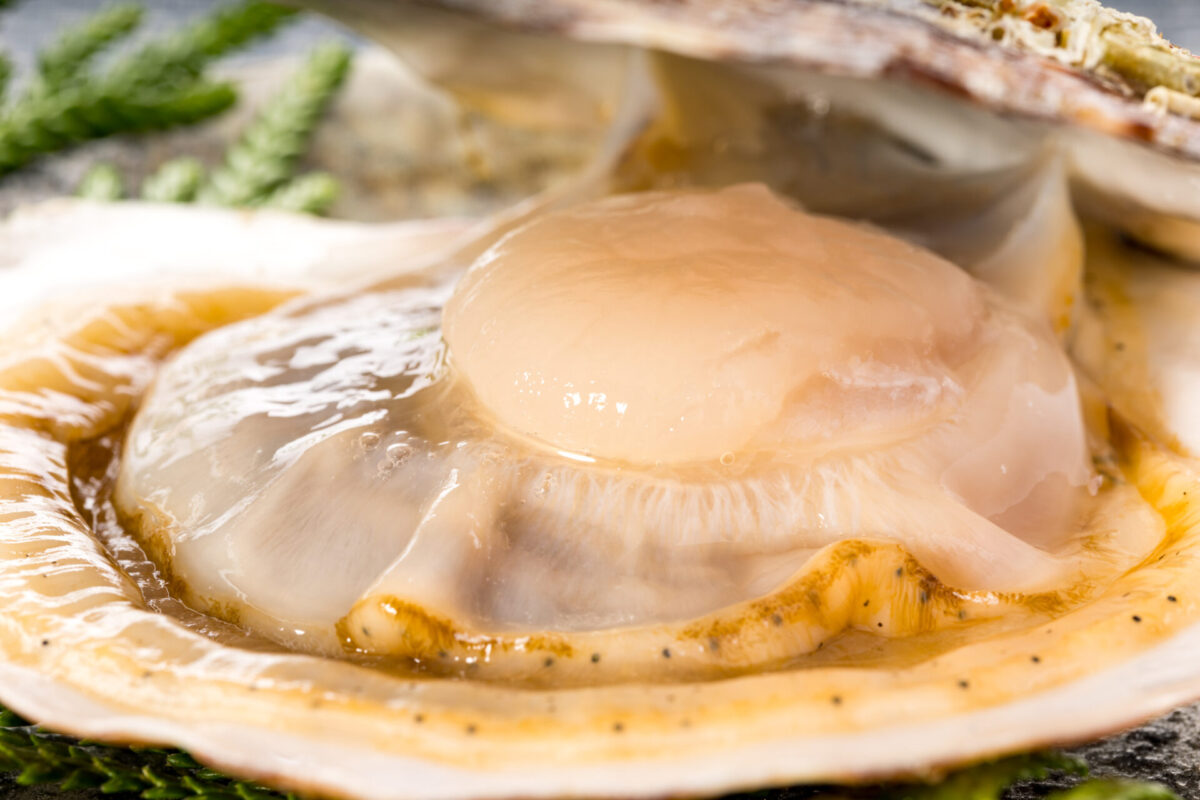
Why is Aomori scallops so delicious? It explains everything from the seasonal season to how to eat and use it!
table of contents
When you think of Aomori, many people may think of apples and garlic. However, one thing that shouldn't be forgotten scallops . In fact, Aomori is one of the leading scallop producing areas in Japan. For the prefecture's residents, scallops may seem like an everyday ingredient that can be easily purchased at the supermarket, but their quality is highly regarded nationwide.
In this article, we will introduce you to all the reasons why Aomori scallops are so delicious, how their taste differs depending on the season, and even some surprising ways to use them beyond just eating them
Why are Aomori scallops so delicious?
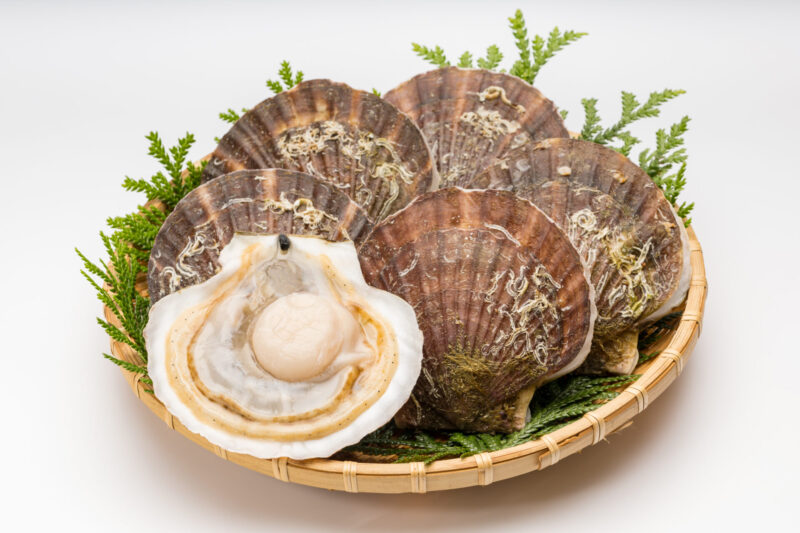
The secret to their sweetness and chewy texture is the cold sea
Aomori scallops are grown in the cold currents of Mutsu Bay and the Tsugaru Strait. This low water temperature environment firms the scallops, giving them a unique firm texture and a subtle sweetness
When I sent some Aomori scallops to an acquaintance from outside the prefecture, he was impressed and said, "I've never seen such big, plump scallops before!" This may be so commonplace for locals that it's hard to notice, but Aomori scallops are large and have a great texture
High-level farming techniques and careful shipping management
In Aomori, scallops are mainly grown using a method called ear-hanging. This farming method is characterized by the fact that the scallops do not bump into each other, which makes it easier for them to grow uniformly. In addition, before shipping, foreign matter is removed and freshness is thoroughly managed, so by the time they reach your table, they are in "perfect condition." Thanks to the careful management by the fishing cooperative and processors, consistent quality is maintained in all seasons
When is scallop season? Differences in taste depending on the season
Summer is the best time to enjoy sashimi and grilled fish
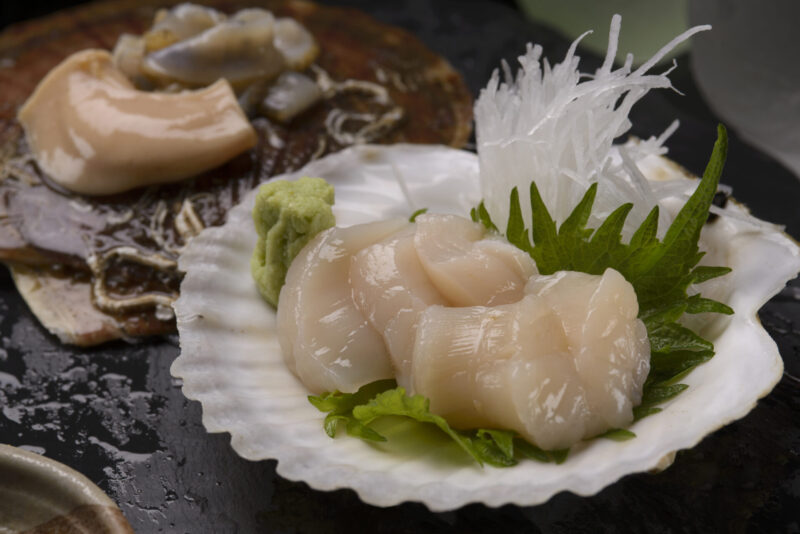
Many people may think that scallops are in season in the summer. Indeed, from May to August, the adductor muscles grow larger and the scallops become much sweeter. Summer scallops are perfect for eating as sashimi or grilled
Aomori has a long-standing tradition of grilling and eating pork innards (commonly known as motsu) and hanging tenderloin, known as " nigu culture ." In the summer, it's common to see scallops on a grill alongside grilled motsu and hanging tenderloin. Simply drizzling them with soy sauce and grilling them makes a wonderful feast.
Winter is the best time to enjoy milt and eggs
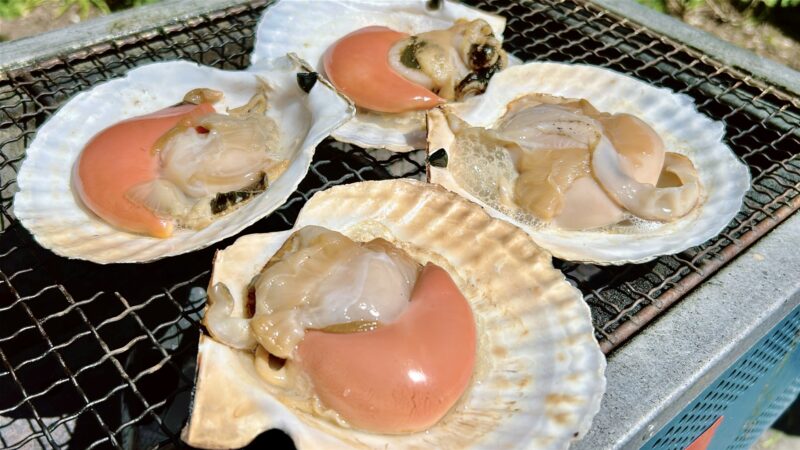
Meanwhile, from December to March, scallop eggs and milt begin to develop. They have a rich, full-bodied flavor that is different from the umami of scallops. At this time, they go well with simmered dishes, rice dishes, and soups that make use of scallop broth. Baby scallops are also soft and perfect for miso soup and salads
Aomori Prefecture residents' recommended way to eat scallops
Popular dishes include rice with mixed ingredients, fried scallops, and sake-steamed scallops, but how are they cooked in Aomori?
Classic sashimi
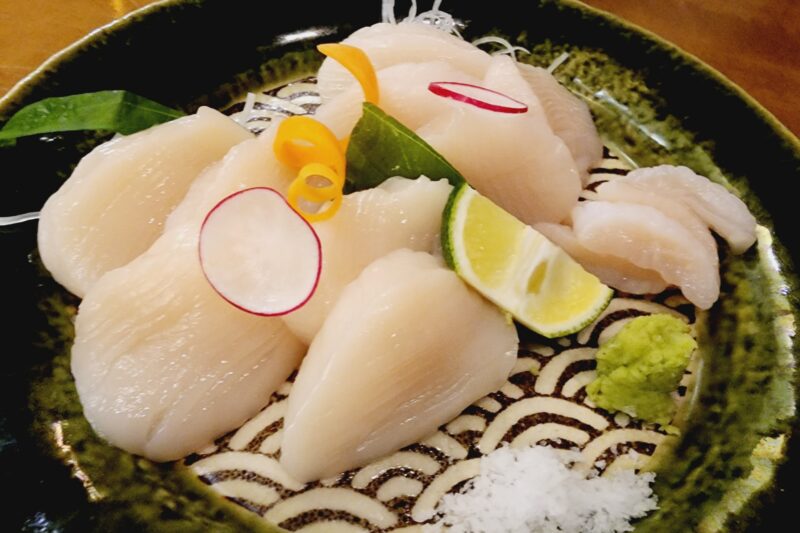
First of all, we have sashimi. Thinly slice fresh scallops and eat them with wasabi soy sauce, which brings out their sweetness. Because it is so simple, there is no room for gimmicks, but with Aomori scallops, you can enjoy them with peace of mind
Grilled scallops packed with flavor!
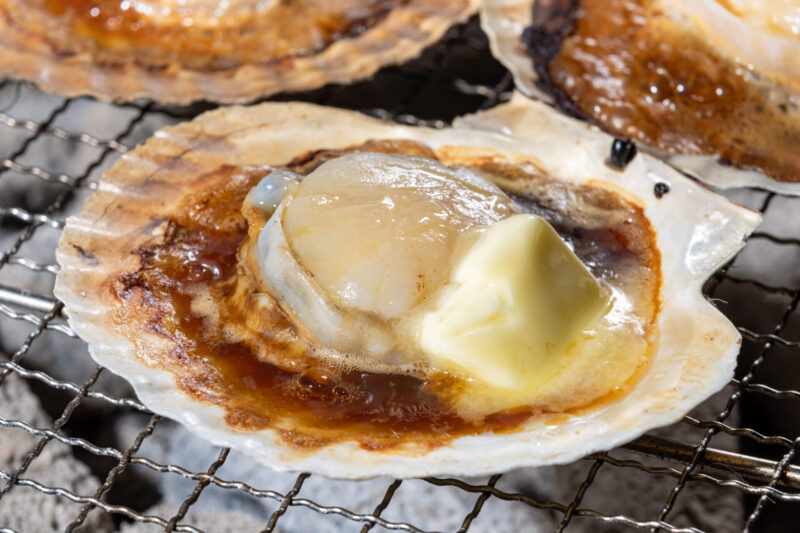
Grilled scallops are also a firm favourite. Place them on a wire rack with the shells still on and drizzle with soy sauce. Once they've puffed up from the heat, take a bite and the aroma of the sea and the chewy texture of the adductor muscle fill your mouth. Shelled scallops are readily available at local supermarkets, so it's great that you can easily enjoy this luxury at home
Aomori's local dish! Shellfish miso
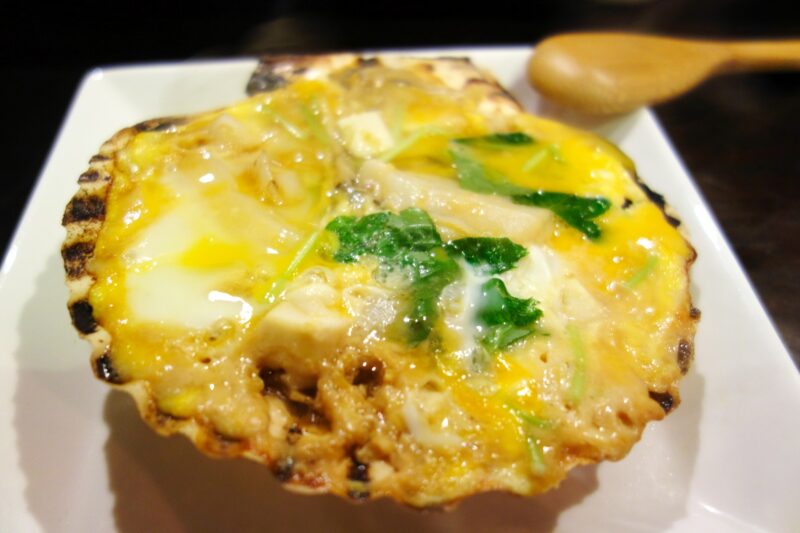
Kaiyakimiso, a local dish from Tsugaru, Aomori, is made using large scallops as the container. It is a hearty dish filled with chunks of scallop meat and covered in miso and egg. It was conceived in Aomori, where large scallops are abundant, and is appealing for its seaside aroma and deep, rich flavor
It's not just for eating! How to use scallop shells?

The appeal of scallops isn't just the edible parts. The shells that are left over after eating can also be used for a variety of purposes
Crush it and use it as fertilizer
One of the most common ways to reuse scallops is to crush them and use them as agricultural fertilizer
Scallop shells are rich in calcium and are often used as soil conditioners. Local farmers also widely use organic fertilizer mixed with scallop shells, and the initiative to "return the blessings of the sea to the land" has taken root in nature
Scallop powder as detergent?
Furthermore, baked scallop shells are known as " scallop powder " and are used as an ingredient in detergents and deodorizers. The calcium derived from scallops is highly alkaline and is said to be effective in disinfecting and deodorizing, and in recent years it has also been used in pet detergents and toilet deodorizing sprays.
The phrase "washing with scallops" may seem strange, but they are a natural, safe and practical material that is gaining attention. Scallops are eaten, used and utilized to the fullest. The breadth of their possibilities is astonishing
Summary | Scallops are the very essence of the power of Aomori's sea
Aomori scallops are a true collaboration between nature and man, born from the cold seas and careful handiwork. Every time you taste their plump texture and deep sweetness, you will be reminded of the blessings of the local sea. And they are not just for eating; they are also used in many aspects of daily life, such as as fertilizer and detergent, making them a truly "versatile ingredient." If you haven't yet tried Aomori scallops, we highly recommend you try them at least once during their season




![[Aomori Prefecture] Enjoy “Mutsu Bay Scallops” with local cuisine! grilled scallops](https://jp.neft.asia/wp-content/uploads/2022/02/22230038_m-150x150.jpg)
![Grapes, melons and cherry? Aomori's surprising fruit kingdom is a story [Aomori Prefecture] 2754709_m](https://jp.neft.asia/wp-content/uploads/2025/05/2754709_m-150x150.jpg)
![[Part 1] About 50 varieties of apples alone!? Introducing a carefully selected selection of high-quality apples chosen by local Aomori residents for their texture! 33747429_m](https://jp.neft.asia/wp-content/uploads/2025/12/33747429_m-1-150x150.jpg)

![Bottle Don is the definitive Sanriku souvenir that looks delicious! [Iwate Prefecture] Bottle don (abalone, scallop, salmon roe)](https://jp.neft.asia/wp-content/uploads/2023/06/IMG_5048-150x150.jpg)
![[Iwate Prefecture] Japanese-flavored soft serve ice cream from the southern part of the Sanriku coast! Why are the soft serve ice cream eaten at roadside stations so delicious? IMG_0050](https://jp.neft.asia/wp-content/uploads/2025/06/IMG_0050-150x150.jpg)
![[Yamagata Prefecture] Let's go try the delicious, locally produced soft serve ice cream at Yamagata's roadside station! Yamagata Catch](https://jp.neft.asia/wp-content/uploads/2025/07/2c2e7024e6ed08990103582514a5844e-150x150.jpg)




